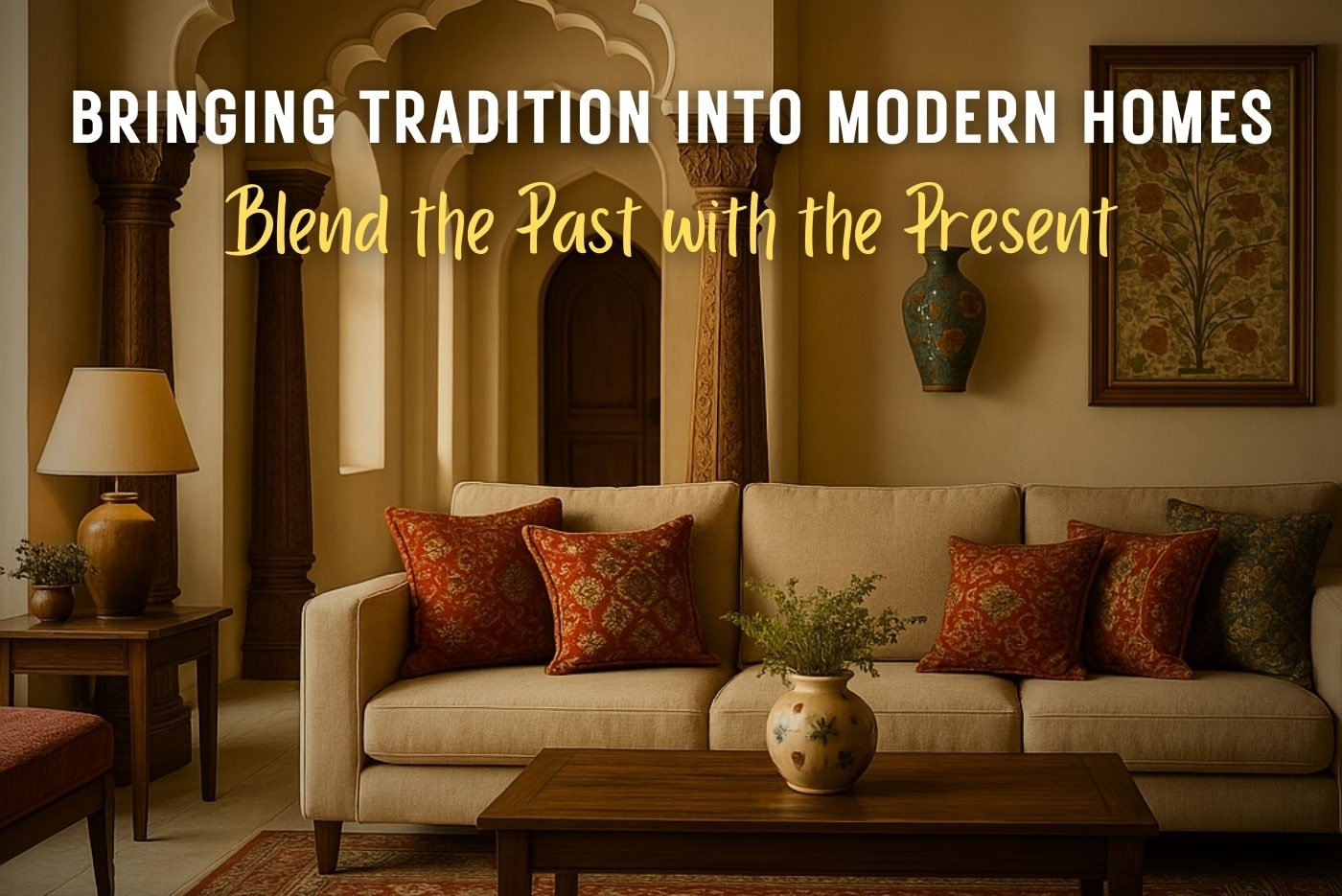Traditional Indian Architecture & Interior Design Styles: A Guide to Incorporating Tradition into Modern Homes
Introduction:
India is renowned for its rich heritage of traditional architecture and design styles, each with its unique influence of religion, geography, and cultural background. In this blog, we will delve into the most popular traditional Indian styles, including Rajasthani, Mughal, South Indian, and Bengal, and explore how they have evolved over time. We will also provide tips on how to incorporate these styles into modern homes, while preserving their cultural significance.
Popular Traditional Indian Architecture & Design Styles:
1. Rajasthani Style:
The Rajasthani style is known for its use of bold colors, intricate carvings, and elaborate designs, and is predominantly seen in the state of Rajasthan. The Hawa Mahal in Jaipur, a symbol of this style, showcases its Hindu and Muslim architecture influences through its intricate carvings and stunning balconies.
2. Mughal Style:
The Mughal style is a blend of Islamic and Hindu architecture, characterized by grand domes, intricate carvings, and ornate arches. The Taj Mahal in Agra is the epitome of this style, with its iconic white marble structure and intricate design details.
3. South Indian Style:
The South Indian style is known for its bright colors, intricate carvings, and elaborate pillars, and is popular in the states of Tamil Nadu, Karnataka, and Kerala. The Meenakshi Temple in Madurai is a perfect example of this style, showcasing its Hindu and Dravidian architecture influences through its stunning gopuram (tower) and intricate carvings.
4. Bengal Style:
The Bengal style is characterized by its use of intricate carvings, colorful paintings, and delicate designs, and is popular in the state of West Bengal. The Victoria Memorial in Kolkata, a symbol of this style, showcases its Hindu and Buddhist architecture influences through its stunning marble structure and intricate carvings.


